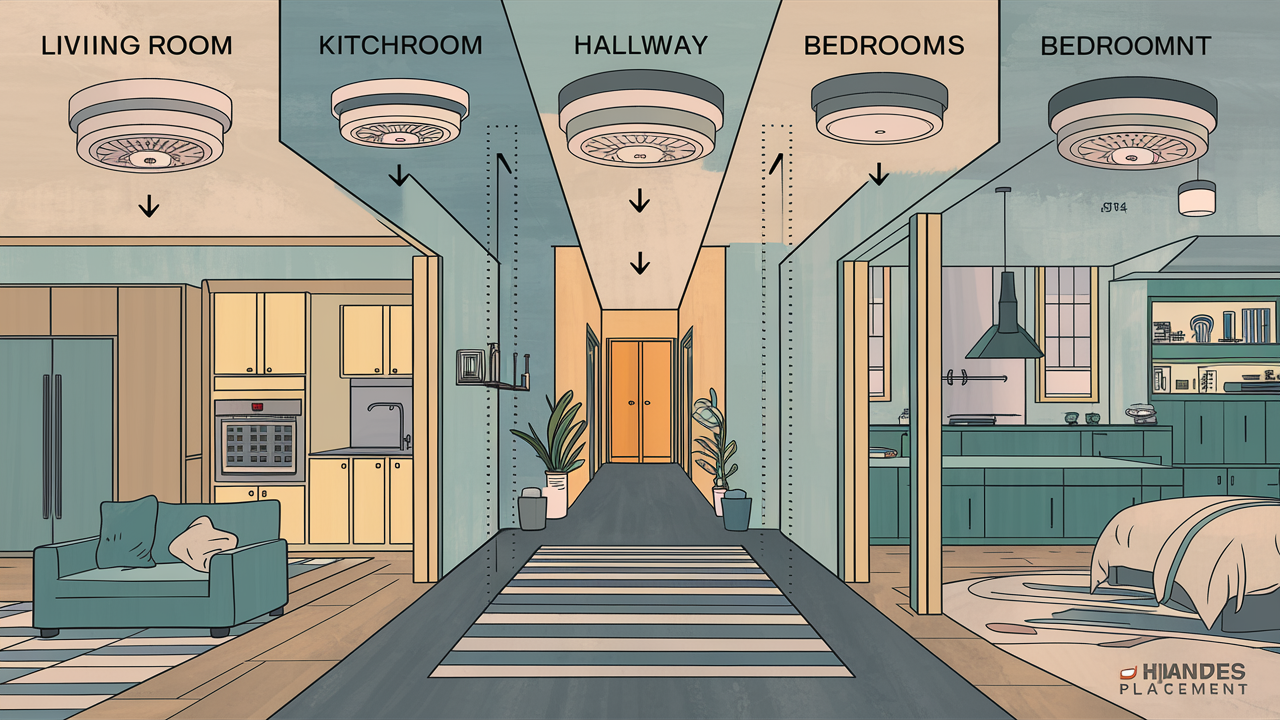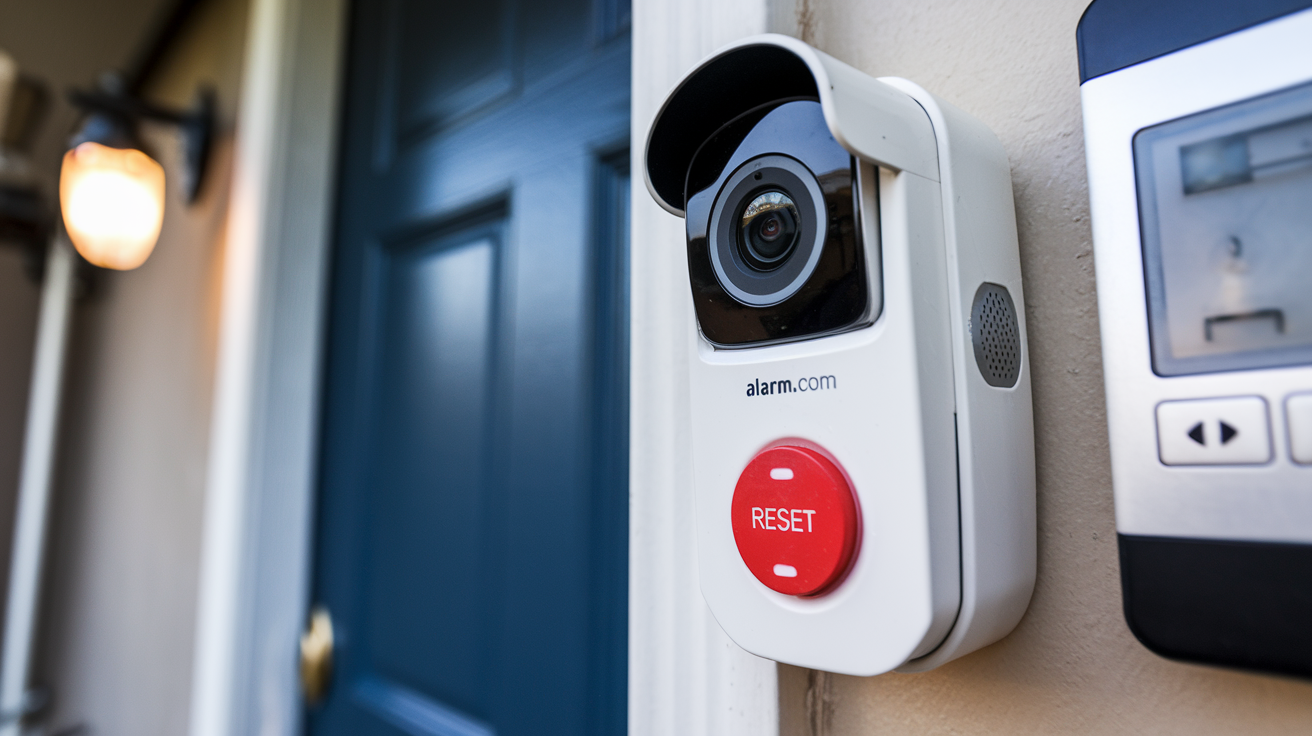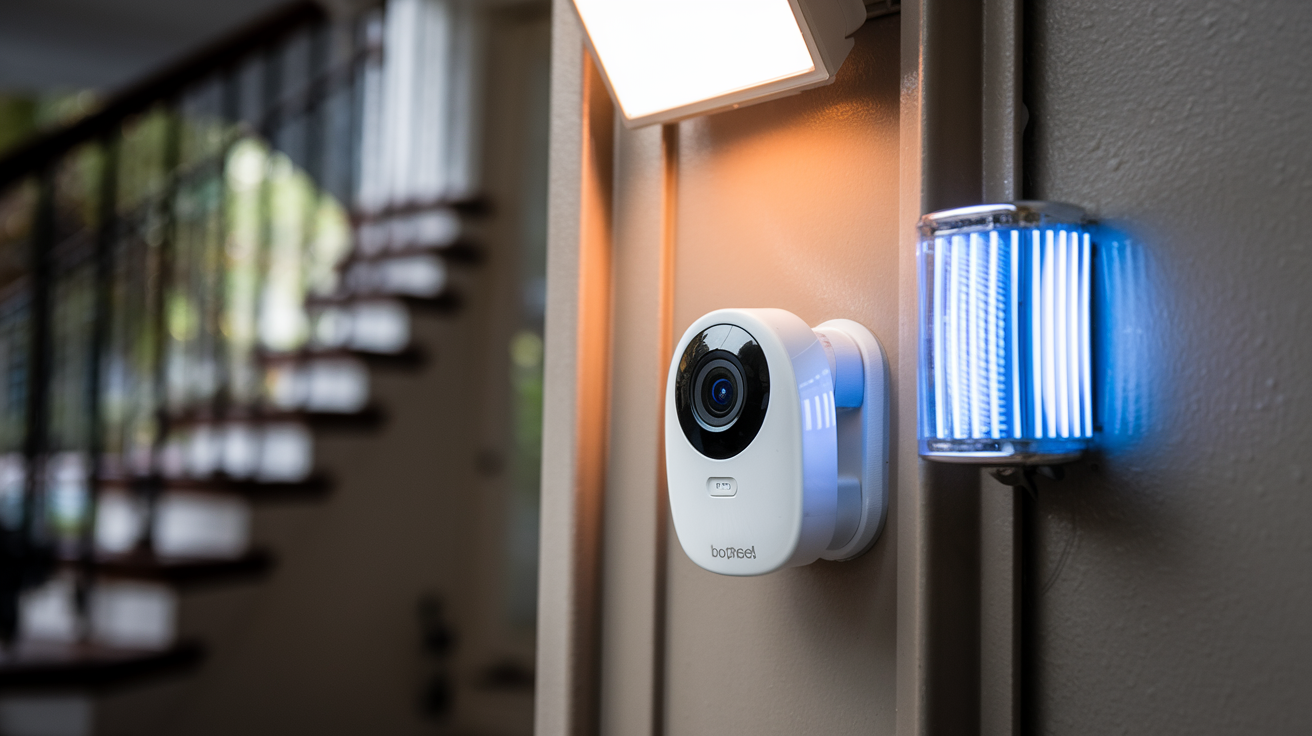One of the most important things you will have to do to guarantee the safety of your family in case of fire is deciding where to place the smoke alarms. This is so that, should an emergency arise, you have additional time to remove yourself out of the home as well placed and working smoke alarms indicate early enough danger warning. The to-be written will provide thorough guidelines on how to install smoke alarms in your house.
The National Fire Protection Association NFPA advises that the smoke alarm should be installed inside and outside the bedrooms and on every floor of the house. This usually translates to having smoke detectors in the following locations:
Hallways Leading To Bedrooms Specific rooms such as bedrooms in this case are some of the most common places where fire begins with the use of electrical appliances left charging, candles left to burn out, or cigarettes that are put out only to be taken up again in bed. Hence, NFPA standards require the installation of smoke alarms in the hallways and corridors that lead to the bedrooms. Ideally, the smoke detectors should be located directly between the bedrooms so that when there is smoke, it is detected right away.
On Every Floor, Multi-story buildings in homes bring on several challenges when it comes to fire risk. Fire hazards can result from electrical failures in basements where wiring and heating equipment are located. On the other hand, the upper floors of homes may also receive smoke from fires that may have started on the lower floors. For this reason, smoke alarms should be placed on each level of the house.
At The Top and Bottom of the staircase, The staircases also help the smoke and heat produced by the fire to move up and down through the building with ease. For the residents to get a warning that smoke has infiltrated their home in time, the smoke detectors should be mounted on the ceiling at both the top and bottom of every staircase in the home.
In Living Rooms Fire risks are also posed by living rooms, particularly those with a fireplace and any room that has a lot of electrical appliances connected to the power supply. Smoke alarms in centrally located living room spaces can wake all the members of the family who are present.
In Basements Similar to staircases, basements assist in the movement of heat and smoke in an upward manner. Electrical circuitry and appliances that may develop faults and cause fire outbreaks are also found in basements. Smoke detectors shall be affixed on the basement ceilings to help awaken residents upstairs in cases of emergencies on time.
In Attics Attics can suck in smoke from fires in the stories below. They also hide dust, and improperly stored flammable materials that contribute to the likelihood of fire occurrence. Therefore, finished and storage attics should be equipped with smoke alarms in case they are used frequently.
In The Bedrooms And Outside The Bedrooms That is why the National Fire Protection Association recommends having two smoke alarms: one within every bedroom near the door and one in the hall outside of the bedroom area. This placement pattern means that those sleeping will be awakened by fires that start in the rooms, and also those originating outside the rooms.
Perifocal Areas Of The Home Smoke detectors should be installed in kitchens, laundry rooms, furnace rooms, and garages where electrical appliances and equipment are used. It can therefore sense any fires starting in these spaces quickly.
Do Not Install Smoke Alarms In These Locations While smoke alarms are vital, certain locations should be avoided when installing them: While smoke alarms are vital, certain locations should be avoided when installing them:
Kitchens Intermittent smoke resulting from cooking may trigger smoke alarms installed in kitchens most often. Therefore, NFPA advises against installing alarms in the kitchen unless the alarm has the feature of silencing the nuisance alarms.
Bathrooms Steam from hot showers and humidity can interfere with the inner workings of a smoke detector. In particular, there should be no bathrooms to minimize the need for repairs and replacements.
Near Air Vents This placement enables smoke to be cleared before alarms are triggered especially when placed by the air vents. For proper sensing and operation, ensure that the separation is less than this distance.
Peak Ceilings This is because fires from below burning may not allow smoke to rise to the detectors placed at the highest points because of the peak or vaulted ceilings. This is because they are best mounted on sloped, angled ceilings.
Near Fluorescent Lights, Fluorescent bulbs can cause electrical interferences leading to the formation of potential false alarms. Exercise caution when handling lamps, use a safe distance when handling them.
The number of smoke detectors that one should install depends on the size of the area that one wants to protect. NFPA studies reveal that the presence of multiple smoke alarms and their proper location enhances safety. Consequently, their latest guidelines recommend:
- If there is a smoke alarm on each level of the house
- Ensuring that the house has smoke alarms and placing them in such areas as the bedrooms and other areas that are adjacent to them.
- Make sure that all the smoke alarms are connected so that when one of the alarms sounds, they all go off.
Smoke alarms that can be interconnected to share information offer comprehensive home insurance. When one detects smoke, all the devices go off. This network of wireless alarms makes sure that there is alertness of occupants regardless of the position they are in within the house.
Furthermore, homes may require additional smoke detectors for their occupancy, size, and structure of the dwelling. For instance, homes that have more than one sleeping area at the same level might need to have more than one smoke alarm installed in the vicinity. However, households with more than sq ft of space may require additional units to gain coverage.
The Bottom Line
Interconnecting smoke alarms ideally located give the initial indication of fires in a house. Learn about the NFPA standards regarding the placement of detectors inside and just outside bedrooms, on every story, in the living areas, as well as at the top and bottom of the stairs. Kitchens, bathrooms, or near the air ducts and lighting should be avoided. Understand that you should always test all the smoke alarms monthly to ensure they are active when you need them. Making sure that your house is equipped with a good network of smoke detectors means that your family will be warned early enough before the house becomes fully engulfed and it becomes impossible to evacuate.
Protect your home today with ADT’s top-rated security solutions!
Call now at +1 877-470-7879 to get a free consultation and find out how you can secure your home with the best in the business. Don’t wait—ensure your peace of mind with ADT!







